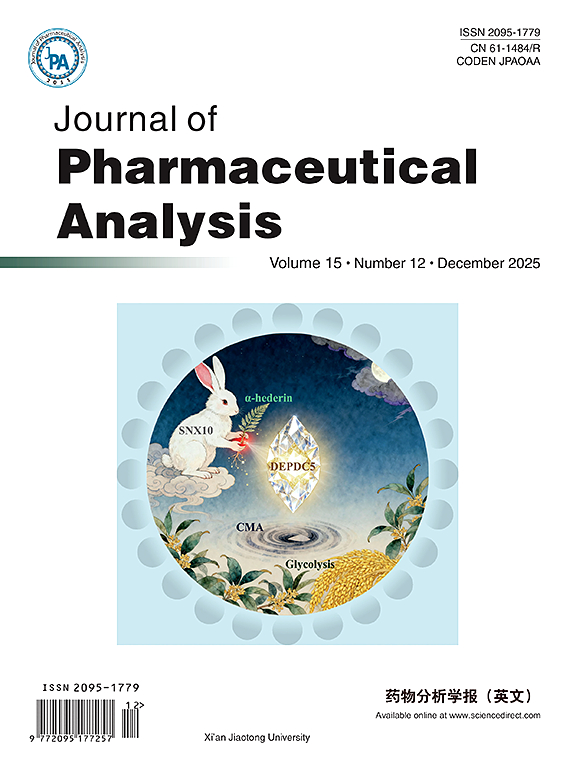2019 Vol. 9, No. 2
Display Method:
2019, 9(2): 71-76.
Abstract:
2019, 9(2): 77-82.
Abstract:
2019, 9(2): 83-90.
Abstract:
2019, 9(2): 100-107.
Abstract:
2019, 9(2): 108-116.
Abstract:
2019, 9(2): 117-126.
Abstract:
2019, 9(2): 127-132.
Abstract:
2019, 9(2): 133-141.
Abstract:



